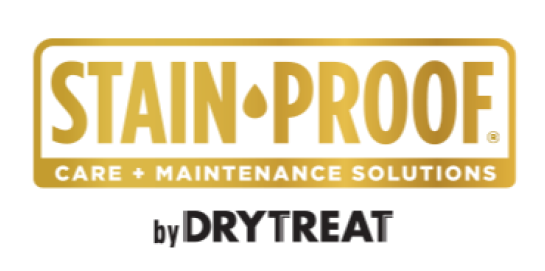If you build in a new outdoor deck along your home in the last few years, did you realize at the time how much maintenance you’d have to put in later? Perhaps you underestimated how much weather can play a major factor in making your deck start to rot away. This was maybe the case after you thought your local climate would stay dry, yet ended up with major deluges of rain.
This is why waterproof deck systems for residential jobs is important if you haven’t had your deck inspected in a long time. Due to various weather issues, the plywood or concrete substrate you used on your deck could start to seriously deteriorate, hence bringing major risks to visitors.
The above could become extremely dangerous if you have a deck on your roof. Potential collapse is always possible without proper waterproofing.
Here’s some good reasons why waterproof deck systems are good for residential decks and what the procedures are.
Why You Should Inspect Your Residential Deck Today
It’s easy to take your deck for granted and assume it’s going to hold up for years without incident. For the safety of you, your family, and visitors, you absolutely need to inspect your deck regularly.
While a professional waterproofing company can give you a more thorough inspection, scope out some things on your own.
One of the most common problems you may encounter is loose or warped boards on plywood. For concrete decks, a major sign is cracks in the concrete, which only brings moisture underneath and decay.
All of these signs are obvious, though sometimes signs of deterioration are more subtle. If you’re not sure if you need waterproofing, have someone inspect it who’s certified in deck inspections.
Preparing for Waterproofing
All residential decks need proper preparing before you apply a waterproofing coating. In the chance you had waterproofing done on your deck a long time ago, it’s a good idea to sand the deck before applying a new coat. Plus, it pays to scrub all dirt and debris off the deck’s surface.
Doing the above helps make the deck cleaner and smoother so the waterproofing coating works better. In general, it pays to wait a day or two after washing your deck since a dry surface is important to assure the coating adheres properly.
Choosing the Right Day to Waterproof
Take some time next summer to do waterproofing on your residential deck, because it’s when you’ll likely find the driest weather. When you hire a professional team to come in and apply a coating, it’s usually done in one day, just in case rain hits a few days after.
These coatings become applied with a standard brush or roller, and usually applied vertically. Sometimes the team you hire applies more than one coat if you happen to live in an overly wet climate and need extra protection.
Flashing and Siding
While flashing and siding might sound like overly technical terms in building decks, they’re an essential element in proper waterproofing. Flashing is a process where you install a ‘Z’ bar over a wood ledger, not including membrane flashing underneath. By doing this, you prevent water from seeping in through cracks.
Siding is important as well, particularly when attaching a deck to your house. Cement siding has common use to provide the most solid barrier to moisture.
What’s important is to find an innovative coating that uses a galvanized metal lath and a polyacrylic emulsion base coat for plywood. For concrete coatings, you’ll want to find a fiberglass mat, elastomeric resin, and a durable polymer cement finish coat.
Contact us at Pli-Dek Systems where you can find some of the best waterproofing coatings for plywood and concrete decks. It’s time you took your residential deck seriously and had it protected to avoid any disasters.











